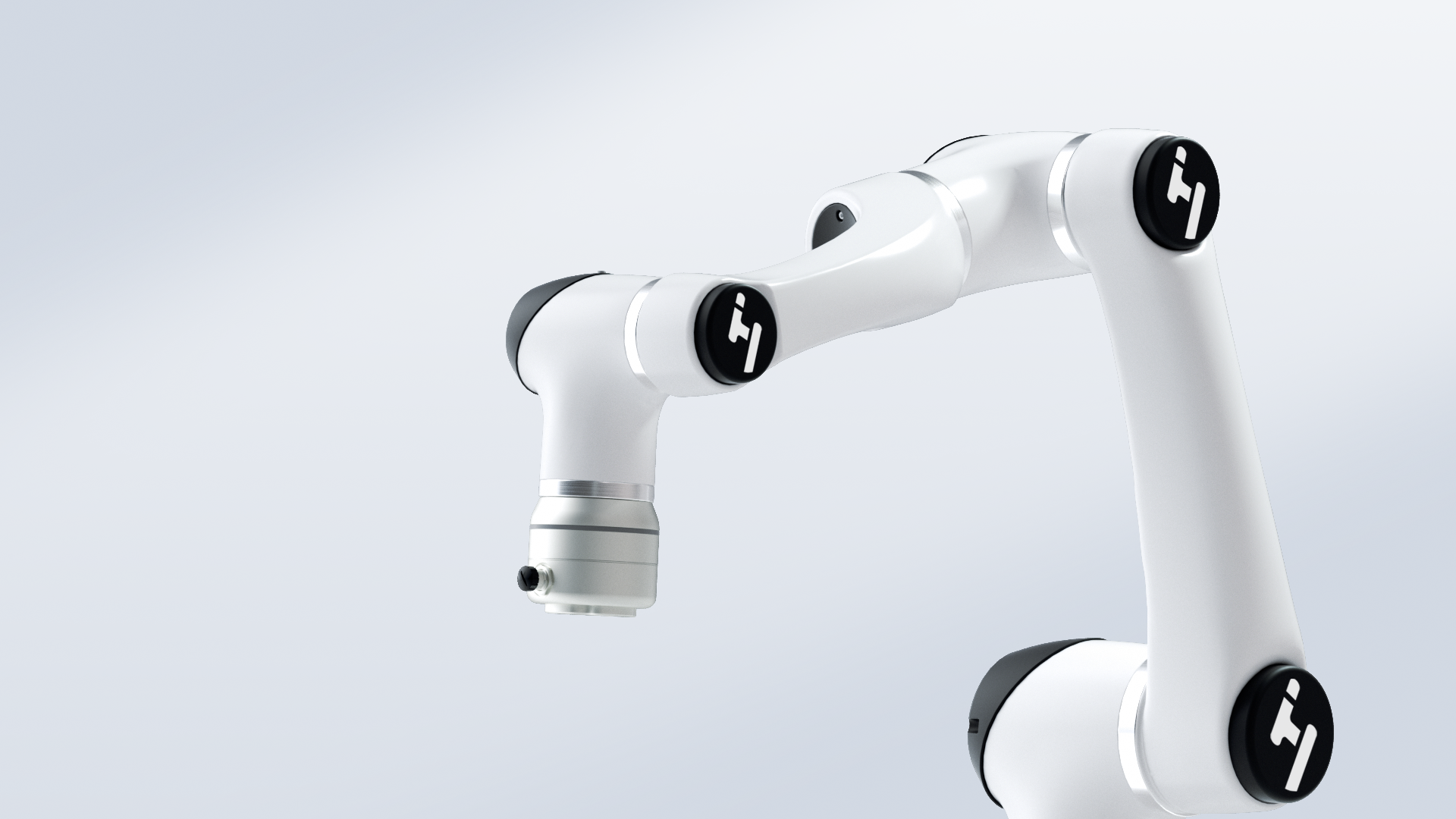
loading...
As industries evolve, so too must the methods and technologies they employ. At Han's Robot, we recognize the transformative potential of collaborative robotics, particularly in the realm of welding. Our Han's Elfin-Pro collaborative robot is setting a new standard in the welding sector by not only boosting efficiency and safety but also enhancing the overall quality of work. In this article, we will explore the implications of adopting cobot welding technology and how it reshapes the future of manufacturing.

Rethinking Efficiency in Welding
Cobot welding represents a significant shift from traditional welding practices. Unlike standard welding robots that operate in isolation, the Han's Elfin-Pro works alongside human operators, creating a synergistic relationship that dramatically improves workflow. This collaborative approach allows for greater adaptability in production environments, as the robot can be easily programmed and reconfigured to handle various tasks.
The efficiency gains from cobot welding are substantial. By integrating the Han's Elfin-Pro into your operations, you can minimize downtime and maximize throughput. The robot's compatibility with mainstream welding gun equipment means that businesses can implement this technology without extensive overhauls to their existing systems. This ease of integration not only saves time but also reduces costs associated with training and new equipment acquisition.
Enhancing Safety and Quality
Safety is a paramount concern in welding environments, where traditional methods often expose workers to hazardous conditions. The Han's Elfin-Pro's collaborative design mitigates these risks by allowing it to take on the more dangerous aspects of welding while human operators focus on monitoring and quality control. This shift not only enhances safety but also fosters a more productive work atmosphere.
Furthermore, the high precision of the Han's Elfin pro collaborative robot ensures that welds are consistently executed to a high standard. This reduction in defects directly impacts the quality of the final product, translating to fewer reworks and lower material costs. As manufacturers strive for excellence, incorporating cobot welding into their processes becomes not just an option but a necessity.
Flexibility in Application
One of the most significant advantages of the Han's Elfin-Pro is its flexibility. The robot's ability to quickly adapt to different welding setups makes it an ideal solution for dynamic manufacturing environments. With the use of a teach pendant, operators can easily program the robot for various tasks, allowing for rapid changes in production lines without extensive training.
This flexibility extends beyond just programming; it includes the robot's physical footprint. The compact design of the Han's Elfin-Pro collaborative robot allows it to fit into tight spaces, making it a versatile addition to any workshop. This adaptability means that businesses can optimize their layouts and workflows, ensuring that every square inch of space is utilized effectively.
Conclusion
The adoption of cobot welding technology, exemplified by Han's Elfin-Pro, signifies a pivotal moment in the welding industry. By rethinking efficiency, enhancing safety, and providing unparalleled flexibility, collaborative robots are poised to redefine manufacturing processes. As we move forward, it is essential for businesses to embrace this technology to remain competitive. At Han's Robot, we are committed to providing innovative solutions that not only meet the demands of today but also anticipate the needs of tomorrow. Join us in transforming the future of welding with our advanced cobot technology, and take your operations to new heights of efficiency and quality.